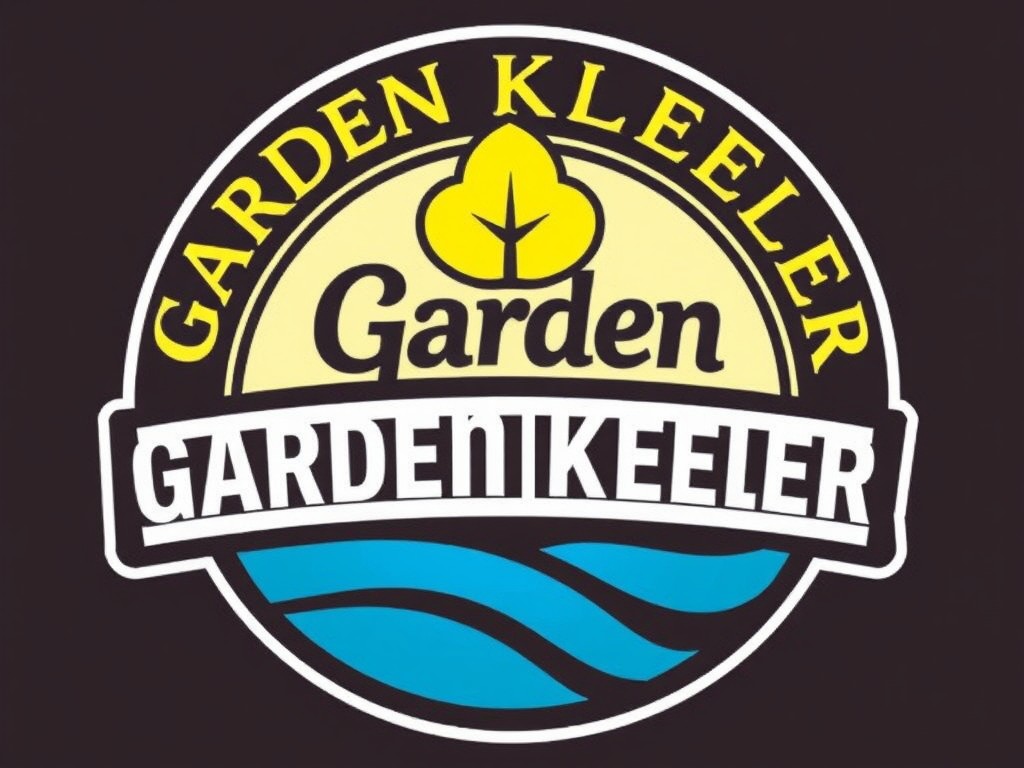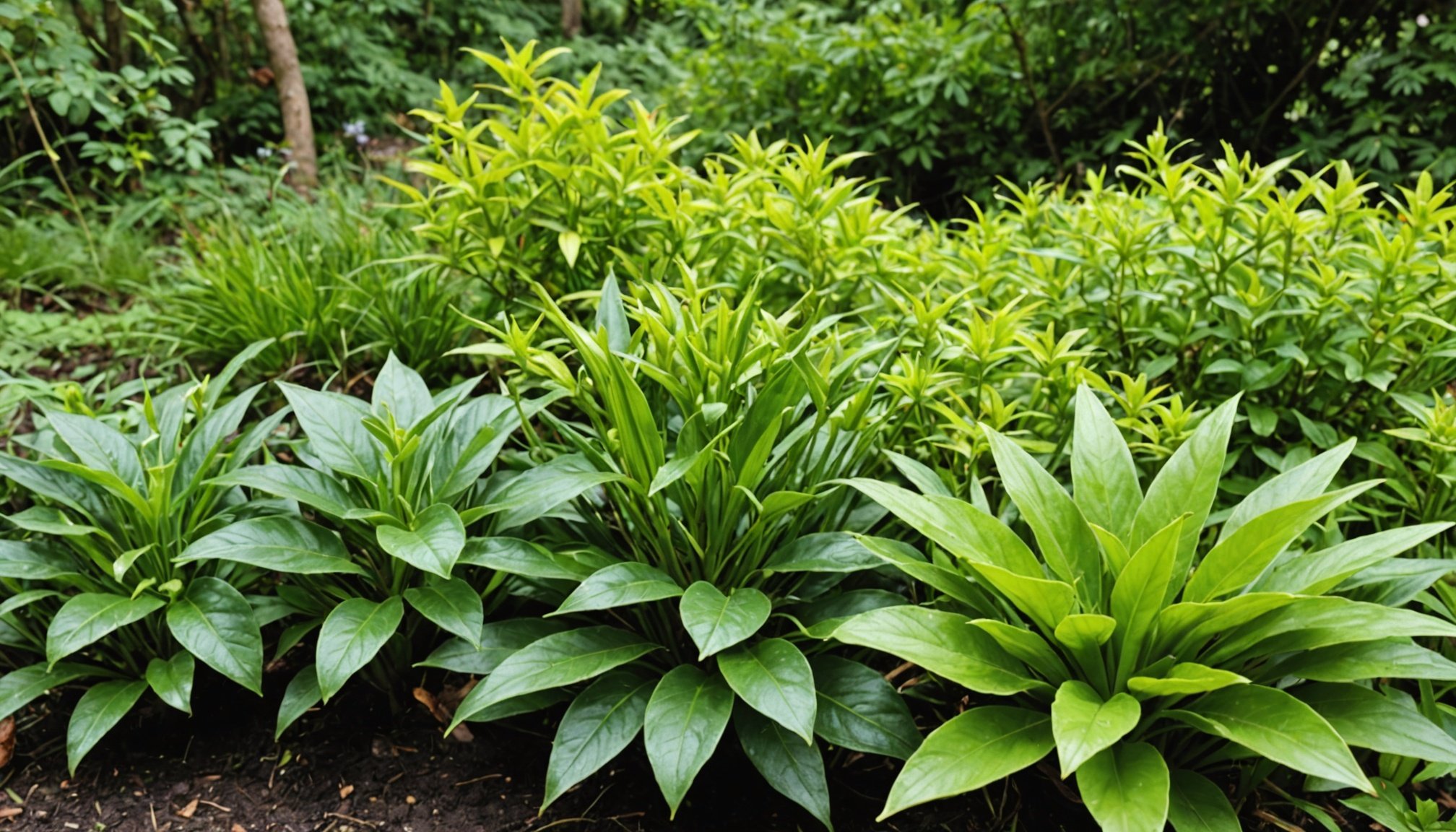Understanding Rare UK Native Plants
Rare UK native plants play a crucial role in maintaining biodiversity and supporting varied ecosystems. These plants are defined by their low population numbers or limited distribution, often occupying specific habitats that are sensitive to environmental changes or human activities. They may also exhibit unique characteristics or adaptations, making them vital for scientific research and conservation efforts.
Biodiversity is crucial as it ensures the stability and resilience of ecosystems. Rare species contribute genetic diversity, which is essential for ecosystem health and adaptability. Conservation of these plants is vital not only for ecological balance but also for cultural and educational purposes. Preserving plant diversity ensures future generations can study and appreciate the rich natural heritage.
Also read : Maximizing Garden Shed Efficiency: Budget-Friendly Insulation Solutions for UK Homeowners
In the UK, several rare native plants highlight the significance of conservation efforts. For instance, the Lady’s-slipper orchid, once thought extinct, has been the focus of intense rehabilitation projects. Similarly, the Snowdon lily, which thrives in high-altitude rocky crevices, is monitored to protect its delicate habitat from erosion and climate change.
Engaging in conservation efforts not only protects rare UK native plants but also promotes a healthier ecosystem, highlighting the integral value of biodiversity in our natural world.
Topic to read : Ultimate Guide to Transforming Kitchen Waste into Nutrient-Rich Garden Compost in the UK
Propagation Techniques for Rare Native Plants
Propagation techniques for rare native plants play a crucial role in their conservation and cultivation. Employing the right methods can significantly enhance success rates.
When considering plant propagation techniques, there are several options: seed propagation, cuttings, and divisions. Each has its benefits, catering to different plant species’ needs.
-
Seed Propagation: This method is often the most sustainable and natural. Start by gathering seeds during their natural dispersal period. Clean them to remove any fruit residues. Stratification may be necessary to mimic winter conditions, breaking dormancy before sowing.
-
Cuttings: Best for plants that root easily. Choose healthy, disease-free stems. Cut below a node, and place in a mix of sand and peat. Conditions should be humid to promote root development. Rooting hormones can facilitate faster growth.
-
Divisions: Effective with plants that naturally form clumps. Best done during their dormant period. Gently separate the clumps, ensuring each new section has roots attached. Replant immediately.
For all these propagation methods, consider the specifics of the plant species and adjust accordingly. Adequate understanding and application of these best practices enhance the likelihood of successful propagation and contribute to the preservation of rare native plant species. Employing these propagation techniques not only aids in ecosystem preservation but also enriches biodiversity.
Tools and Materials Needed for Successful Propagation
Embarking on the journey of propagating rare native plants necessitates specific gardening tools and propagation materials. These essentials not only ensure success but also promote efficiency and sustainability in your gardening efforts.
Starting with the basics, a pair of sharp pruning shears is indispensable for making clean cuts without harming the plant. A rooting hormone is another crucial component, aiding in faster root development for cuttings. When it comes to seed propagation, a seed tray and a spray bottle for misting are vital in maintaining the optimal moisture level for germination.
Different propagation techniques demand varied materials. For instance, leaf cuttings of succulents require gravel for drainage, while propagating plants like ferns might necessitate using spore propagation containers. To support the growth of cuttings, consider using propagation mats that provide a stable warmth source.
In terms of sustainability, opting for eco-friendly tools can make a significant difference. Choose biodegradable pots or containers made from recycled materials, thereby reducing waste. Moreover, organic compost is a sustainable alternative to synthetic fertilizers, boosting plant growth while being kind to the environment.
Preparing adequately with the right necessary equipment can transform your propagation experience, making it both rewarding and conscientious towards nature.
Environmental Considerations in Plant Propagation
Understanding the ecological requirements of rare plants is essential for successful propagation. These unique plants often thrive under very specific conditions found in their natural habitats. Paying attention to whether they require particular soil types, moisture levels, or sunlight is crucial for their sustainability. Replicating these conditions in cultivation helps to maintain the plant’s health and vigor.
Creating and maintaining suitable growing conditions involves a detailed assessment of the plant’s natural environment. This not only includes the physical aspects such as climate and topography but also biological factors like native pollinators and soil microbiomes. For plant enthusiasts, ensuring these factors are met can mean the difference between thriving plants and those that struggle to survive.
Moreover, preserving native habitats during propagation is vital. Collecting seeds or cuttings should be done sustainably to prevent depletion of these populations. By fostering awareness and employing ethical practices, we can aid in the conservation of these species, ensuring they continue to flourish in their natural ecosystems.
By focusing on these environmental impacts, propagators can join the wider effort toward ecological conservation, balancing the desire to expand plant collections with the need to protect the earth’s biodiversity.
Legal Aspects of Propagating Rare Native Species
Navigating the legal regulations surrounding the propagation of rare native species is crucial for any conservation effort. In the UK, conservation laws strictly regulate activities affecting native plants to prevent further endangerment. These laws aim to safeguard biodiversity and ensure sustainable utilization. Legal regulations require anyone looking to propagate such species to hold appropriate propagation permits.
To obtain a propagation permit, prospective propagators must demonstrate understanding and compliance with conservation laws. This often includes presenting a detailed plan that outlines how the propagation will contribute to the species’ conservation. Interested individuals should contact the relevant environmental agencies for guidance and applications.
Unauthorized propagation can have severe consequences. It poses a threat to conservation efforts, disturbing delicate ecosystems and potentially leading to legal repercussions such as fines or court cases. This point emphasises the importance of compliance not just for legal adherence, but also for genuine commitment to conservation.
Understanding the legal regulations ensures that those interested in propagating rare native species do so ethically and legally. By securing the necessary permits, the protection and recovery of vulnerable plant life are supported, aligning personal initiatives with national conservation goals.
Challenges in Propagating Rare UK Native Plants
Propagating rare UK native plants involves several common challenges and requires dedication and expertise. Understanding these challenges is crucial for achieving successful outcomes.
Identifying Common Challenges
Rare plant propagation often faces issues such as limited seed availability and poor germination rates. These can stem from factors like specific temperature needs or seasonal dormancy periods. Another challenge is the susceptibility of these plants to pests and diseases, which can significantly hinder growth. Plants may also need very particular soil conditions which are not easily replicable outside their natural habitat.
Tips for Overcoming Specific Obstacles
To address these challenges, consider using seed stratification techniques to break dormancy. Providing a controlled environment with temperature regulation and soil adjustments can help boost germination. Additionally, implement pest control measures that do not harm the delicate ecosystem of rare plants.
Success Stories and Lessons Learned
Many experienced propagators find success by meticulously documenting each planting cycle, taking note of effective strategies and methods. For instance, a propagator successfully grew the rare orchid by simulating its natural soil composition, resulting in a higher survival rate. Sharing these lessons cultivates a supportive community for those encountering similar obstacles.
By acknowledging and addressing these challenges, propagators can enhance their success rates, contributing valuable insights and methodologies to the wider botanical community.
Resources and Further Reading
For those enthusiasts delving deeper into plant propagation, a wealth of educational resources awaits. Start by exploring recommended books, such as “Plant Propagation: Principles and Practices” by Hudson T. Hartmann, detailing methods for all plant species with clear instructions. Additionally, Joseph DeViva’s “The Complete Guide to Successfully Growing Trees from Fruit” is perfect for gaining practical knowledge on fruit tree propagation. These books present detailed guides and step-by-step instructions to cater to varying levels of expertise.
Online platforms present rich educational resources too. Communities like the Royal Horticultural Society’s online forums or Gardeners’ World Magazine’s community area are excellent for sharing experiences and tips. Participants can join discussions, post queries, and exchange insights with fellow plant lovers. These forums are treasure troves of personal experiences and collective knowledge, providing invaluable additional readings.
For a more organized approach, consider engaging with organizations like the Plant Heritage or the Botanical Society of Britain & Ireland. These entities are dedicated to native plant conservation, organizing workshops and initiatives across the UK. By doing so, participants not only gather knowledge but also actively contribute to local botanical preservation efforts.











